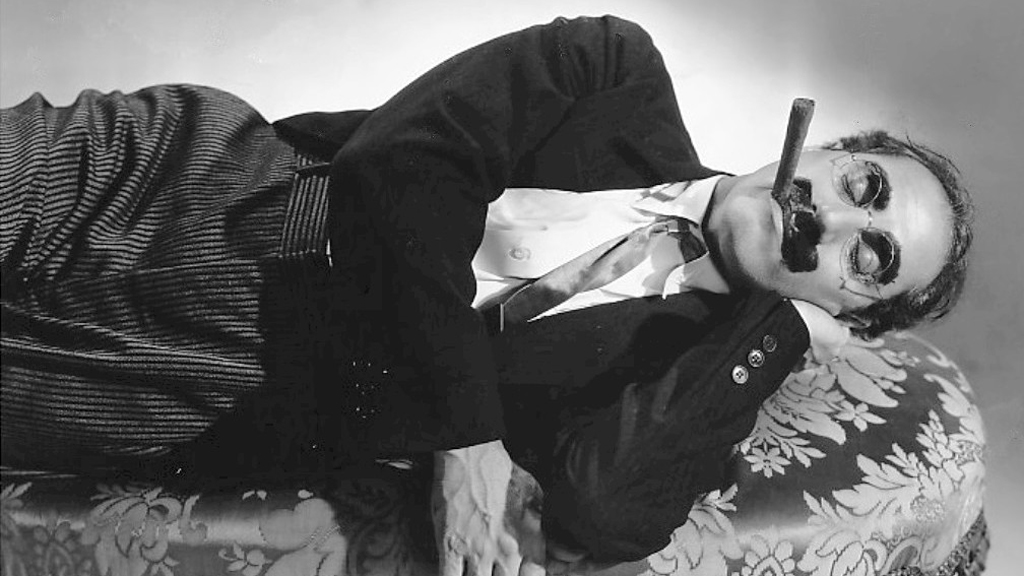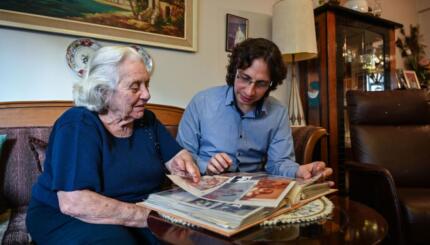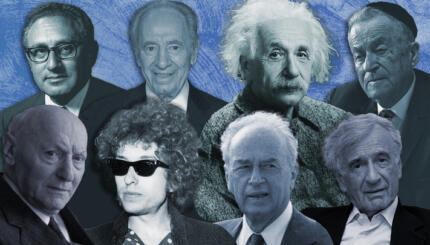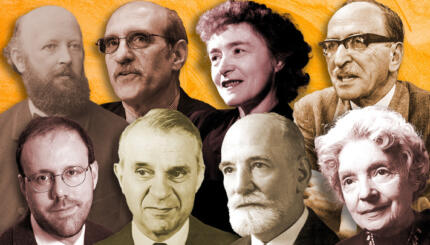One of the complicating factors in identifying American Jewish humor is that American Jews themselves have been strangely reluctant to recognize it and appreciate it for what it is. Even people who own records by Lenny Bruce and Allan Sherman, who go to see movies by Woody Allen and Mel Brooks, who read novels by Philip Roth, Bruce Jay Friedman, and Wallace Markfield, and who watch television performers like
Myron Cohen, Buddy Hackett, and David Steinberg, still seem to think of Jewish humor as belonging to the world of Eastern Europe and to the early stages of acculturation in America–more or less like Yiddish itself. It is true that not all the material of these contemporary humorists can properly be called Jewish, but even by the strictest measures, there is much that can.
Taking Jewish Humor Seriously
Gentiles have little difficulty in recognizing the Jewish slant of Lenny Bruce’s hipsters, or Woody Allen’s schlemiels, or Philip Roth’s compulsive intellectuals. Why is the Jewish audience more equivocal? Part of the reason may be the reluctance of these humorists to see themselves as part of Jewish America. But if this is true of the performers and writers, it is perhaps no less true of their audiences; American Jews in general have been reluctant to take seriously their own Jewishness.
According to this prejudice (and here is a compelling case of self-deprecation), Eastern Europe represents an idealized and “authentic” Judaism, and not incidentally, a Yiddish-speaking culture, next to which Judaism in America seems artificial, watered-down, and decidedly second best. For some aspects of Jewish culture, this bias is valid, although less so with each passing year. But in no area has it been less true than for Jewish humor.
With your help, My Jewish Learning can provide endless opportunities for learning, connection and discovery.
Adding to the confusion is that while the themes of Jewish humor have not changed dramatically since Eastern Europe, America has made available (and Jews have helped to create) a host of new forms which make 20th-century Jewish humor appear to have little in common with its 19th century origins.
Modernizing Jewish Humor
Whereas traditional Jewish humor emerged anonymously from a collective consciousness, America has provided a multitude of new conduits for its transmission: public meetings and lectures, vaudeville, the Borscht Belt, Broadway, nightclubs, radio, record albums, movies, and most especially television, as well as widely circulating books, newspapers, and magazines.
America has made available a popular culture that has been not only open to Jews but positively inviting to Jewish performers and Jewish themes to a degree that was unimaginable in Eastern Europe. There has been, of course, a price to pay for accepting this invitation, which has resulted in the parevezation, or neutering, of much of the material.
Then there is the language difference. Yiddish has frequently been celebrated for being so rich in comic possibilities that even those who don’t understand it are apt to chuckle at many of its terms; F. Scott Fitzgerald, so the story goes, used to wander into a Jewish delicatessen just to hear the word “knish.” While the immigrant generation of American Jews retained Yiddish–and there was even a weekly humor magazine called Groyser Kundes (“Big Stick”), published between 1909 and 1927–it soon became clear that Jewish life in America would be conducted in English.
It happened that English, too, was rich in comic possibilities–at least the English spoken by Jews of immigrant background, who took the new language and enriched it not only with Yiddish phrases but also with Jewish rhythms, much as blacks had done with American music. The result was a kind of verbal equivalent to jazz that is best exemplified in the sphritzes (spontaneous monologues) of Jewish comedians and novelists.
As the vehicles of humor have changed, so have the modes of its circulation. “A new joke,” Freud wrote in 1905, “is passed from one person to another like the news of the latest victory.” Freud’s analogy is not altogether obsolete; a wave of jokes about changing light bulbs swept across North America as this book was being completed. But one of the casualties of a mass society is that jokes are more likely to gain instant exposure on the Tonight show than to be passed along from one individual to another. “Today,” observes a veteran of Jewish organization life, “the only time I hear Jewish jokes is during conventions, usually while standing at urinals in the men’s room.”
Humor as a Common Bond Between Jews
But while the telling of jokes may be on the decline, Jewish humor is now more popular than ever. It is even possible to argue that Jewish humor, which once represented a secular corner of many otherwise religious Jewish lives, has now come full circle to fulfill a kind of religious need in the lives of many non-practicing Jews. “Of all the Jewish holidays,” goes one contrary witticism, “I observe only the Jascha Heifetz concerts.”
A similar phenomenon may be true for Jewish jokes. In an age when the great classical and religious texts of Judaism speak only to a minority, it is Jewish jokes that are known, enjoyed, and treasured by Jews of all shades of identification and religious observance, and it is surely significant that traditional Jewish jokes are told and read more often in America than they were in their country of origin. Jewish humor, in other words, has in some ways come to replace the standard sacred texts as a touchstone for the entire Jewish community. Not all Jews can read and understand a page of Talmud, but even the most assimilated tend to have a special affection for Jewish jokes.
At the same time, Jewish humor continues to occupy a special place in American popular culture, and the contributions of 20th century Jews to American humor can hardly be overstated. Indeed, it is difficult to imagine what would remain of American humor in the 20th century without its Jewish component. This has been especially true since World War II, and today even Gentile comedians like Robin Williams and Danny Thomas have found it advantageous to include some Jewish material in their repertoires. Johnny Carson often mentions his tax accountants, H. & R. Goniff [using the Yiddish for “thief”], and his stockbroker, E. F. Schnorrer [whose last name means “beggar”]. Steve Allen’s material is so Jewish that audiences are often surprised to learn that he isn’t.
Reprinted with permission from The Big Book of Jewish Humor (HarperCollins Publishers).



